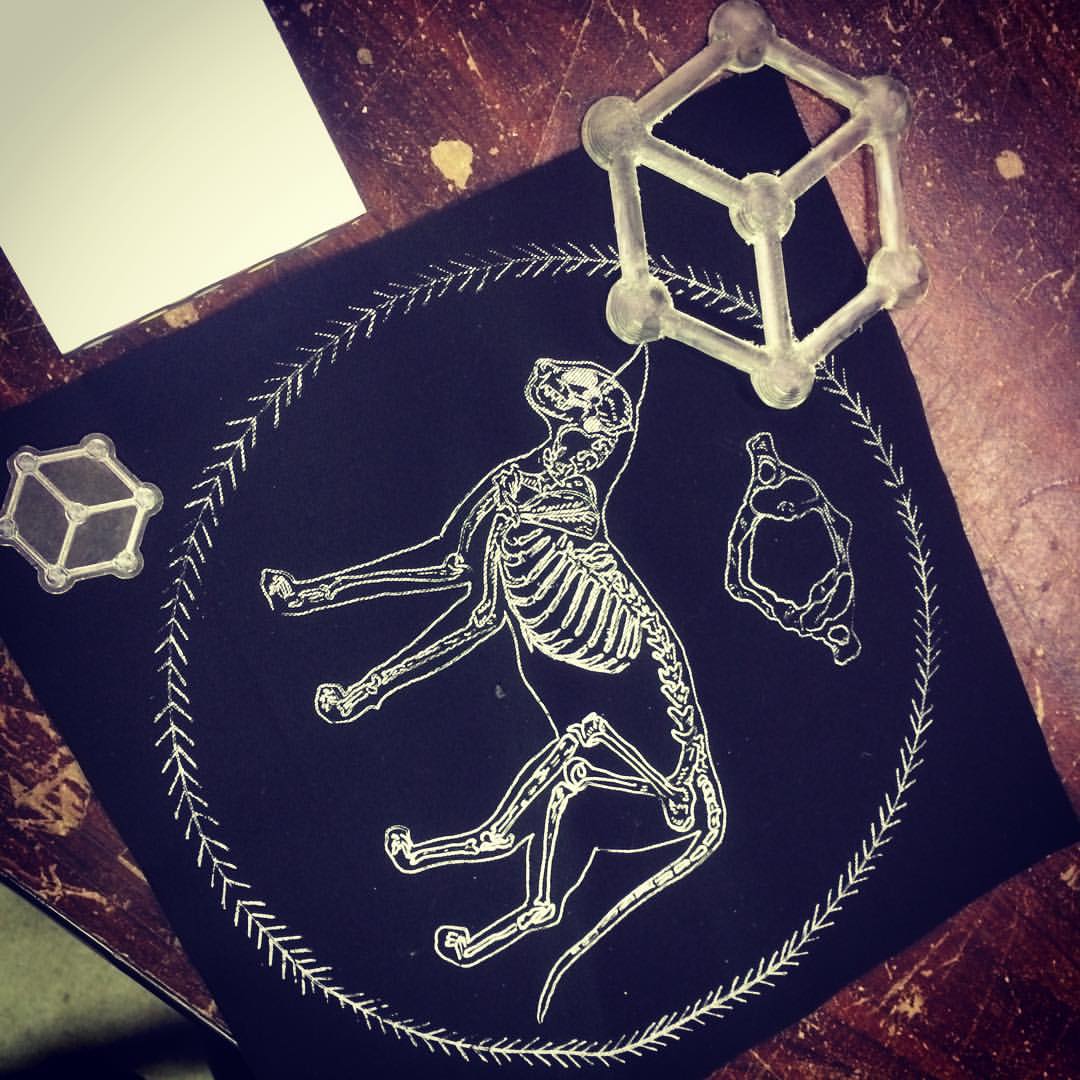Map Unavailable
Date/Time
Date(s) - 2014/03/19
5:30 pm - 7:00 pm
Categories
Project summary
Recent advances in prostate cancer research indicate that a fastidious fungus could be infecting the prostate and causing prostate cancer (Sutcliffe, Sfanos, De Marzo et Laurence, 2014). Many medically important fastidious fungus species remain to be discovered (Ghannoum et al, 2010; Paulino et al, 2008; Findley et al, 2013), and substantial evidence indicates that one such species is causing the chronic prostate inflammation which affects over 80% of American men by age 75. Detecting medically important fastidious fungi such as Pneumocystis jiroveci or Encephalitozoon cuniculi in clinical specimens is very challenging. These two species asymptomatically infect a substantial fraction of the population; they do not grow in commonly used culture media, and commonly used consensus PCR primers fail to amplify their ribosomal DNA. The advent of high-throughput sequencing technology has enabled a new microbe detection technique coined “unbiased high-through sequencing” (Lipkin 2010). This technique does not use consensus PCR primers, thus can detect all microbes in clinical specimens, including those whose ribosomal DNA region has substantially diverged from related species. We applied this technique to prostate specimens using the Illumina HiSeq 2500 sequencer and the Leif Microbiome Analyzer, revealing novel sequences which may be originating from a microbe etiologically related to prostate cancer.
